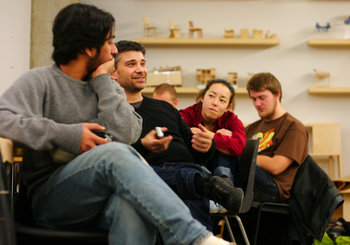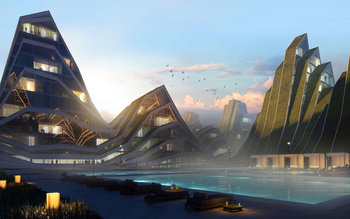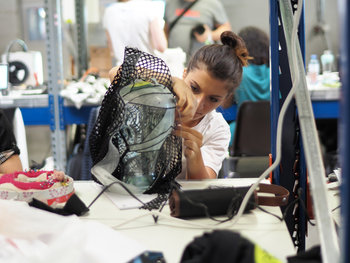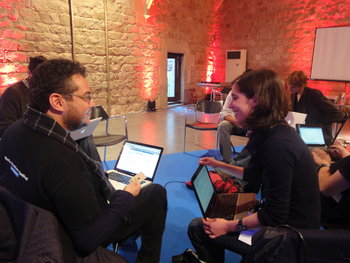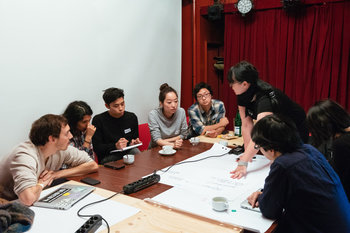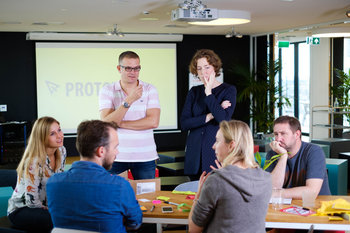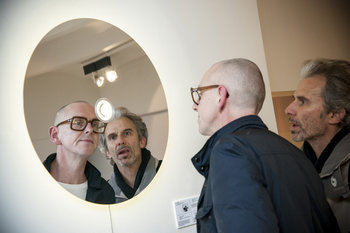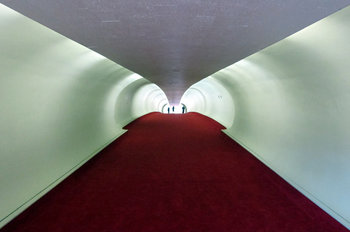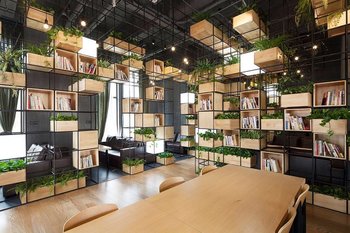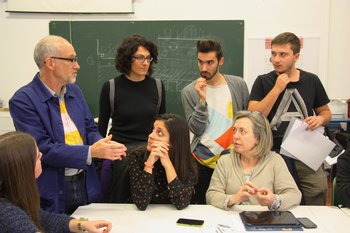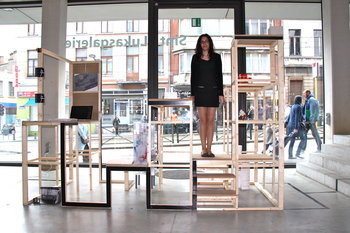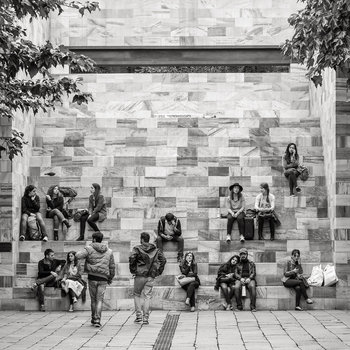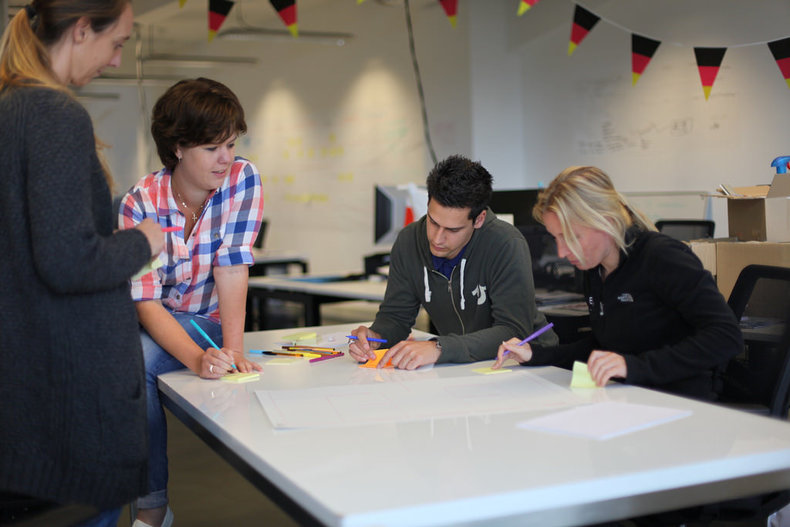
Requirements Gathering
Capturing and organizing requirements from clients.Gap Analysis
Identifying the gaps between the current state of things and a desired state. For example, capturing the reasons that a user interface is perceived as difficult and unpleasant to use.Goal Setting
Establishing design objectives and figuring out how success or failure will be measured.Estimates
Estimating the cost, time and resource usage of requirements and design alternatives.Research
Discovering information in support of a design process. For example, market research for a product design.Brainstorming
Freely generating a pool of ideas for a design.Constraints & Assumptions
Imposing constraints and assumptions on a design. For example, the constraint that a product package conform to a brand style guide.Design Concept
Developing a basic design concept. These are often pitched to clients and a design proceeds no further until a concept is accepted.Experimentation
Designing and conducting experiments to validate ideas.Simulation
Simulating aspects of a design to validate ideas and get feedback from clients.Prototyping
A test or preliminary model of a design or design element.Feasibility Study
Experiments and tests designed to see if a design approach will work.Decision Making
Making and documenting design decisions. For example, an architect who decides what materials to use in a building.Problem Solving
Resolving any problems or design challenges. For example, an architect who needs a way to transport natural light into the interior of a large building who discovers a solution that uses fiber optics.Structural Design
Design at the structural level such as the architecture of a building.Design
Design at the detailed level such as the interior design of a building.| Overview: Design Analysis | ||
Type | ||
Definition | The systematic process of developing a design including all information discovery, planning and communications. | |
Related Concepts | ||


